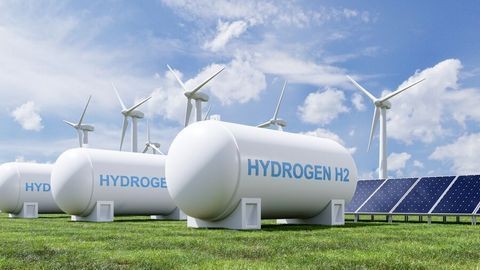Goodbye DUNS: System for Award Management Full Transition to New UEI Next Week
Client Alert | 2 min read | 03.28.22
As of April 4, 2022, the federal government will stop using the Dun & Bradstreet (D&B) Data Universal Number Systems (DUNS) Number to uniquely identify entities and will fully transition to using the Unique Entity Identifier (UEI). All entities will be using the UEI number for SAM and other government systems (including FPDS.gov, eSRS.gov, FSRS.gov, FAPIIS.gov, and CPARS.gov). DUNS Numbers will no longer be searchable or viewable in SAM. Those already registered in SAM should not need to take any action.
Purpose
The change is intended to allow for competition in the unique entity validation process by reducing the burden that would be associated with changing the vendors confirming that an entity is unique. Now SAM will generate the UEI number so it is vendor independent. The government will be able to compete and award contracts to do the unique entity validation process rather than be obligated to use D&B or any other particular vendor.
Timeline
The deadline to request a new DUNS Number or update existing entity information at D&B is March 29, 2022 at 5 p.m. EST. SAM.gov will be down beginning April 1 at 8:00 p.m. EST until no later than April 4 at 9:00 a.m. EST. During the transition, other government systems will experience intermittent downtime between March 31 and April 3.
Actions
No specific action is required for any entities already in SAM (active or inactive) and moving forward companies will no longer be required to update their DUNS registration (for instance in the event of a name change or address change) before updating SAM. Those registering in SAM after April 4, 2022 or seeking a UEI after April 4, 2022 will request a UEI through SAM.gov.
Businesses can view their SAM UEI for each entity registered in SAM by logging into SAM and navigating to the entity’s registration page. The SAM UEI is in the upper left corner under the DUNS currently, but the DUNS reference should be removed as of April 4, 2022.
SAM.gov has provided FAQs, videos, and an interactive graphic to help stakeholders understand the impacts of the UEI transition, new processes, and required actions.
Contacts
Insights
Client Alert | 2 min read | 12.19.25
GAO Cautions Agencies—Over-Redact at Your Own Peril
Bid protest practitioners in recent years have witnessed agencies’ increasing efforts to limit the production of documents and information in response to Government Accountability Office (GAO) bid protests—often will little pushback from GAO. This practice has underscored the notable difference in the scope of bid protest records before GAO versus the Court of Federal Claims. However, in Tiger Natural Gas, Inc., B-423744, Dec. 10, 2025, 2025 CPD ¶ __, GAO made clear that there are limits to the scope of redactions, and GAO will sustain a protest where there is insufficient evidence that the agency’s actions were reasonable.
Client Alert | 7 min read | 12.19.25
In Bid to Ban “Woke AI,” White House Imposes Transparency Requirements on Contractors
Client Alert | 5 min read | 12.19.25
Navigating California’s Evolving Microplastics Landscape in 2026
Client Alert | 19 min read | 12.18.25
2025 GAO Bid Protest Annual Report: Where Have All the Protests Gone?





